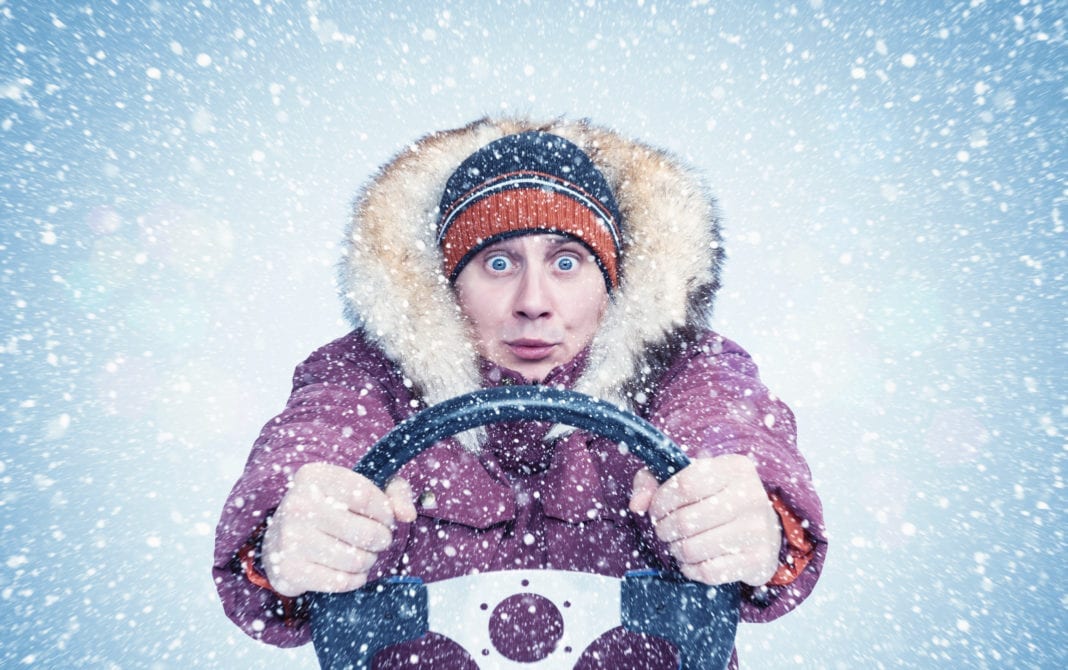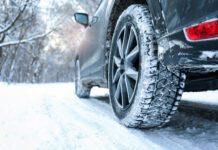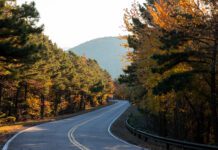Winter is here and with it comes the usual headaches for anyone forced to venture into the cold. Oklahoma, which doesn’t usually see a lot of snow, gets its fair share of ice and sleet, which can make travel treacherous.
The state’s largest population centers – Oklahoma City, Tulsa and Lawton – get about one 4-inch snowfall every few years, according to the National Weather Service. However, ice storms, which can be localized or regional, can close roads, knock out power and leave travelers stranded.
Before driving in winter weather, preparation is key. Leslie Gamble, public affairs manager for AAA Oklahoma, says every driver should have emergency essentials: a fully charged mobile phone, a heavy coat, a blanket, gloves, a hat, an ice scraper, and kitty litter to provide traction for tires.
“These are just basic items that make sense this time of year,” Gamble says. “If you get stuck, chances are you’re going to need one or all of them.”
Gamble encourages people to have a professional service in mind ahead of time and call if you remain stranded “and not rely on your brother-in-law or your sister’s boyfriend, who may get stuck themselves.”
Above all, limit your exposure to oncoming traffic if you get stuck.
“It’s one of the biggest risks there is,” Gamble says. “We see people killed every year trying to get themselves out of a jam. That’s why people need a reliable service with a big truck and flashing lights and the knowledge of what it requires to avoid being hit.”
Changing the way you drive in snow or ice can also keep your car on the road.
“Slow down and keep your distance,” says Mark Madeja, AAA Oklahoma’s public affairs specialist. “I like to use the example of pretending you’re driving with raw eggs glued to your gas and brake pedals. The goal is to not break either when you’re pressing down. Another idea is to pretend there’s a three-tiered wedding cake sitting in the passenger seat. You don’t want to accelerate too fast or brake too hard.”
Madeja says staying in the middle of your lane is essential in winter-weather driving.
“If you’re crowding the lane next to you and there is a car, you run the risk of a collision, which can lead to a lot of inconveniences,” he says. “It’s important to stay in your lane.”
If your begin to skid, steer in the direction you want the car to go, take your foot off the gas pedal and let the Automatic Braking System found in most cars take over.
“Never slam on the brakes,” Madeja says. “If you don’t have ABS, pump the brakes.”
Madeja says another common mistake is setting off before a car is completely clear of ice, frost or snow.
“If you need to let the vehicle idle for 10 minutes with the defroster on to get the windows cleared, that’s what you should do,” he says. “Headlights and tail lamps should be visible. And snow should be cleared from the roof because it can fly off and hit other vehicles. These are just basic steps people can take to reduce risk for themselves and others.”


























